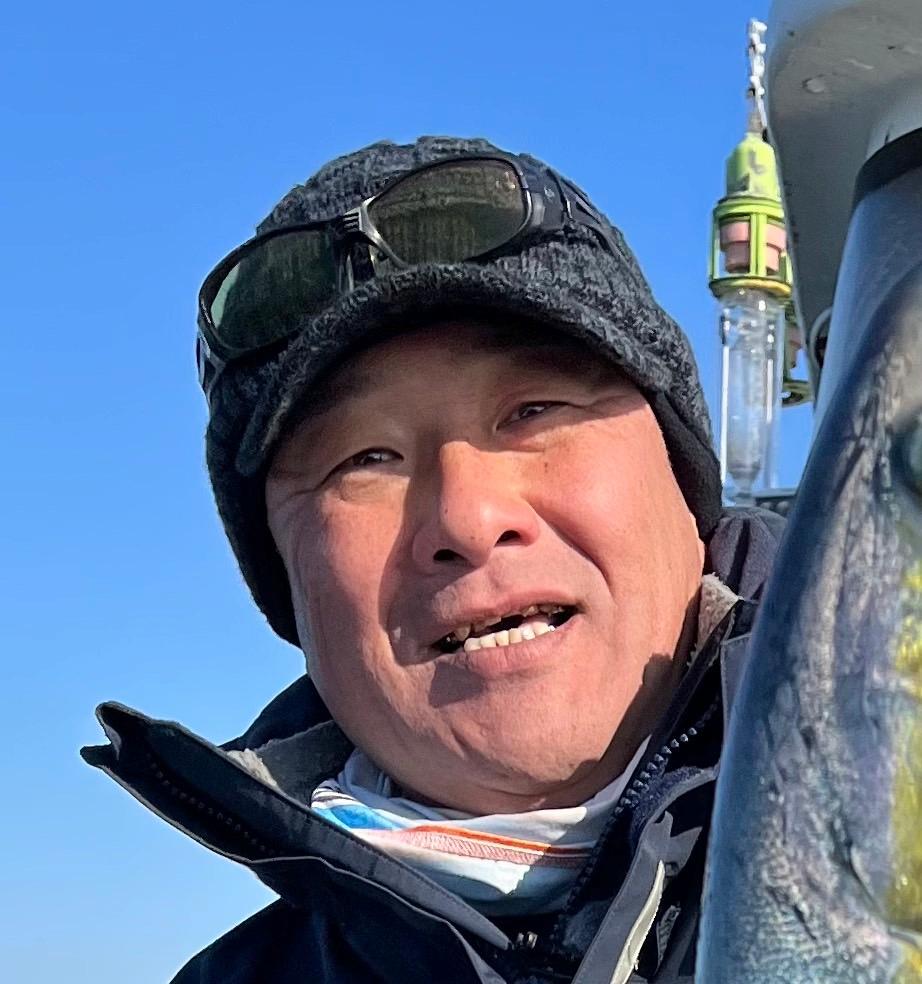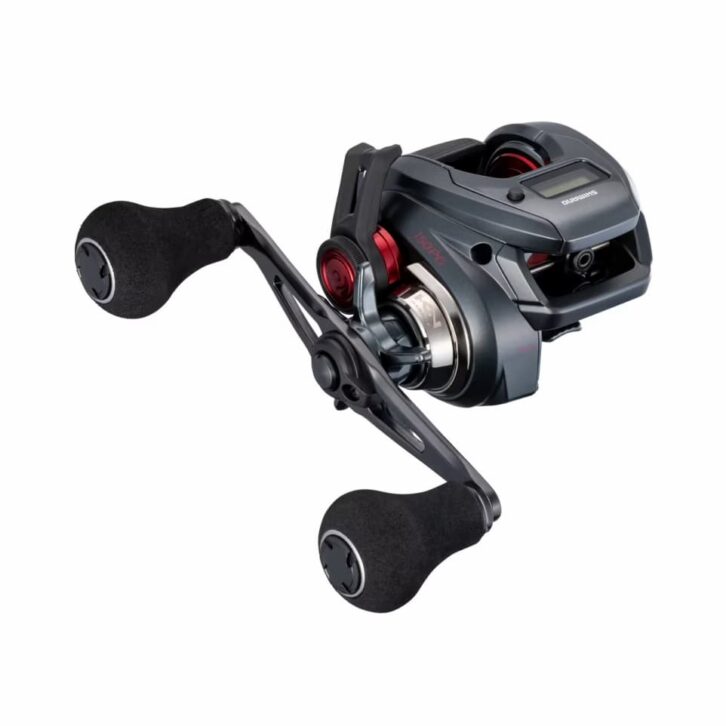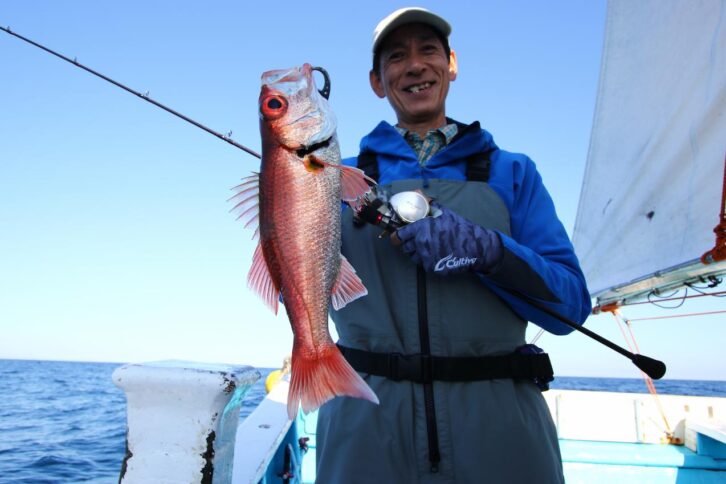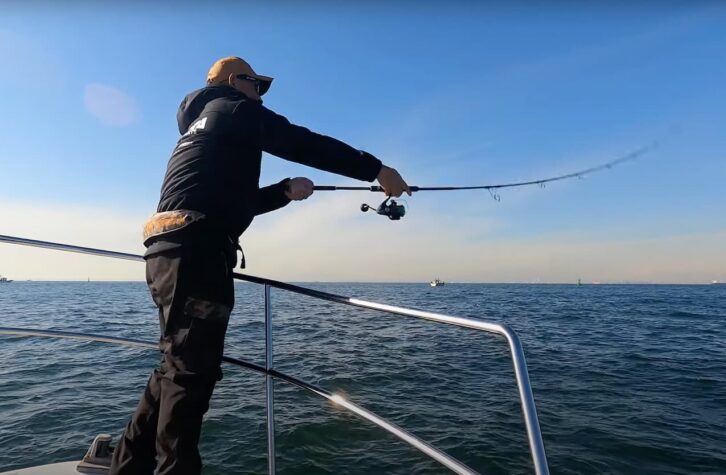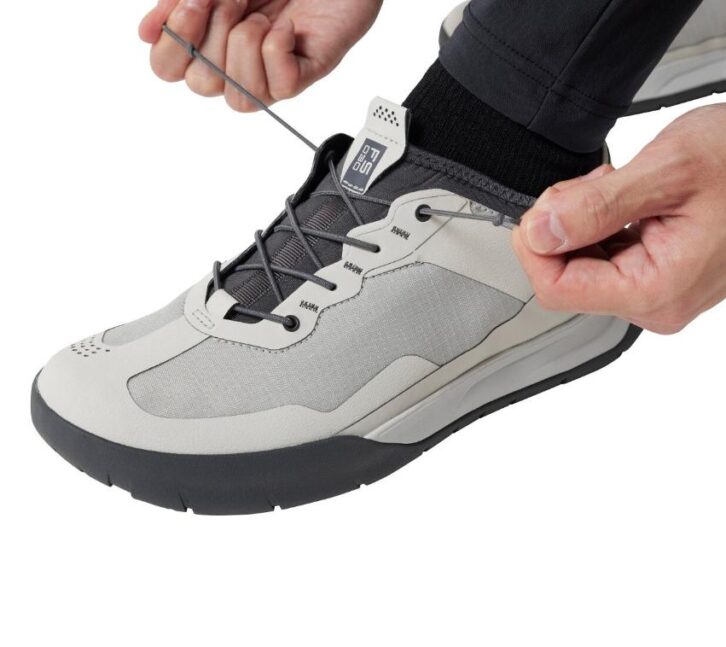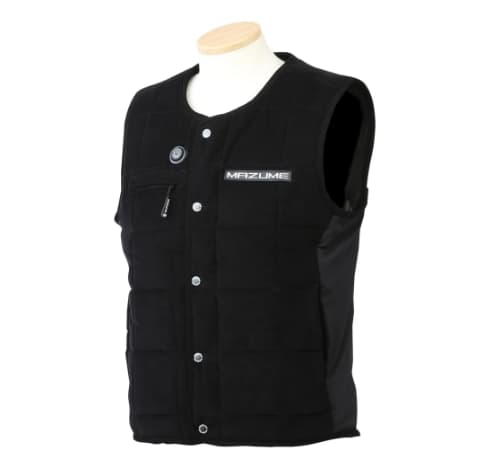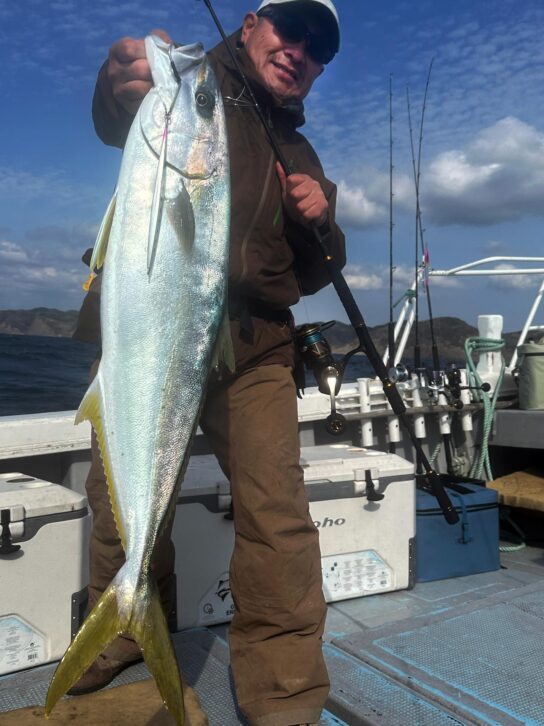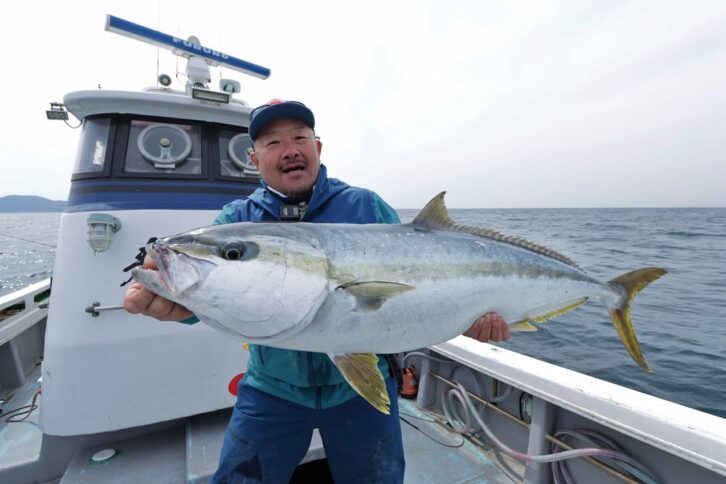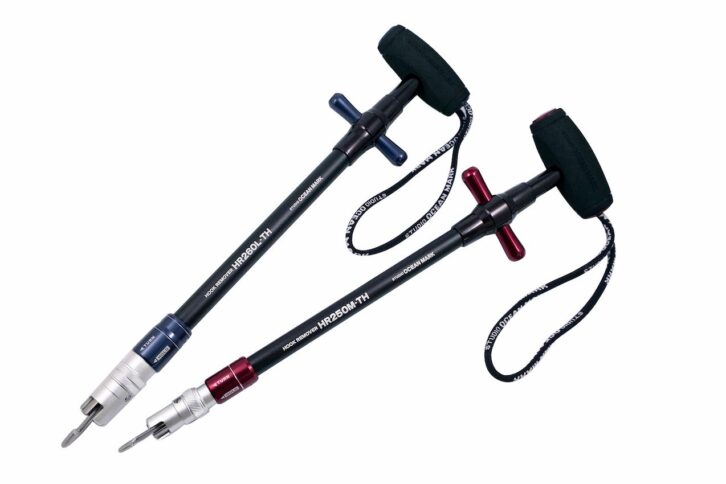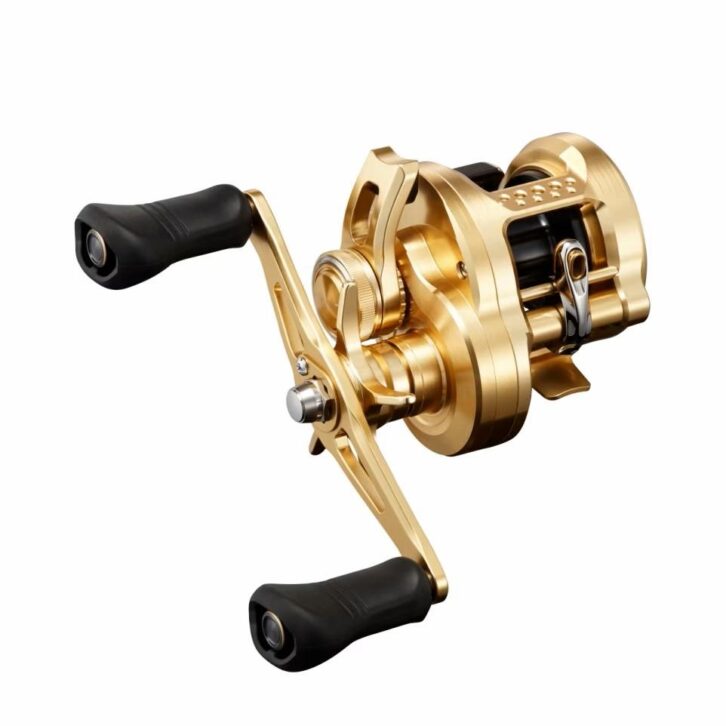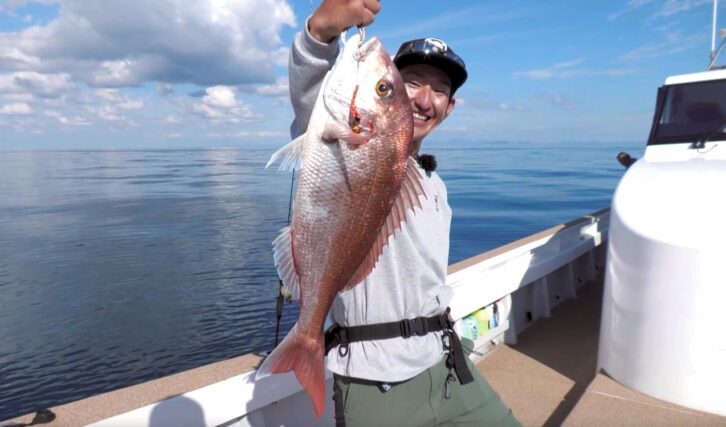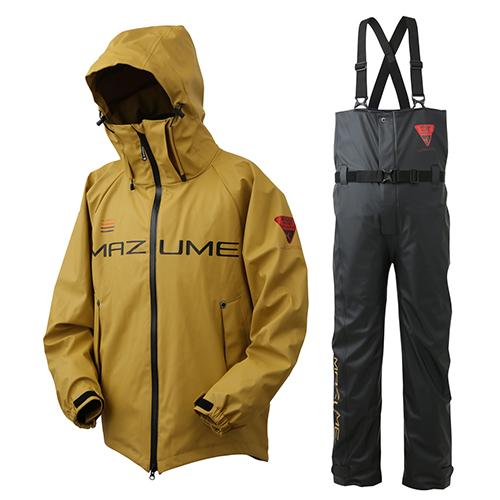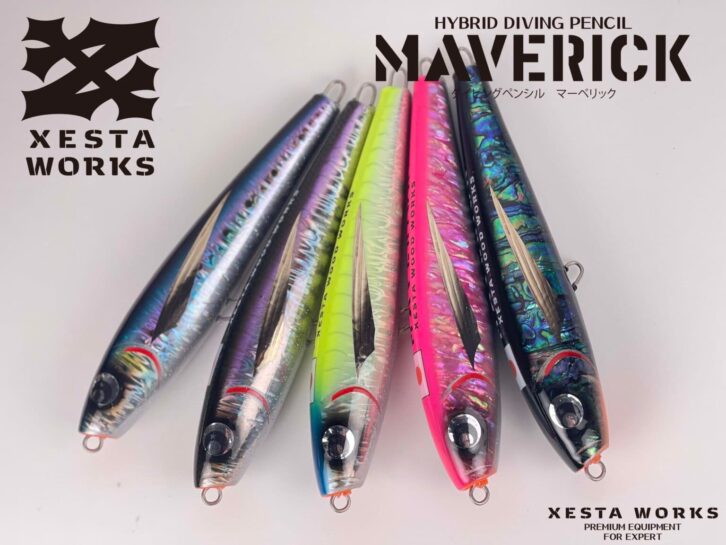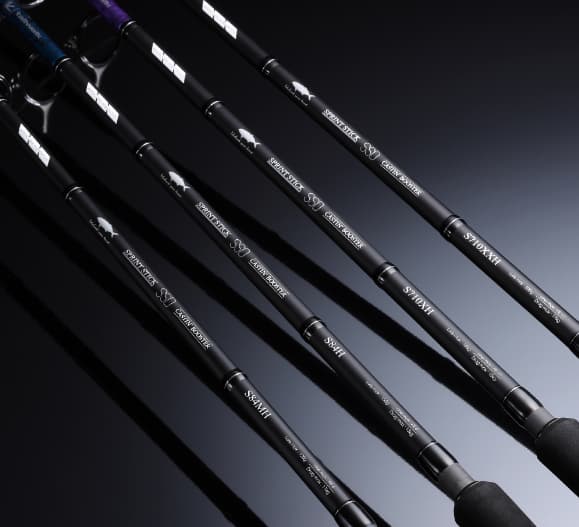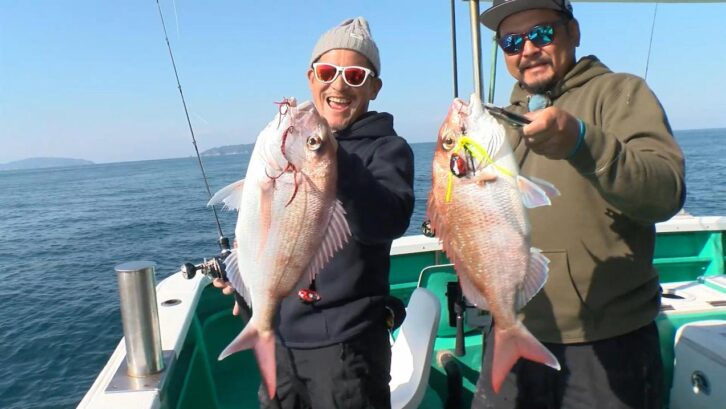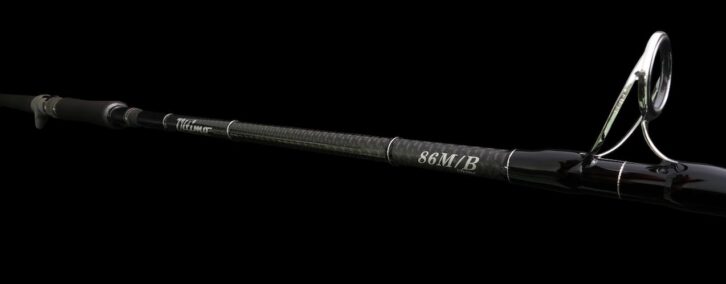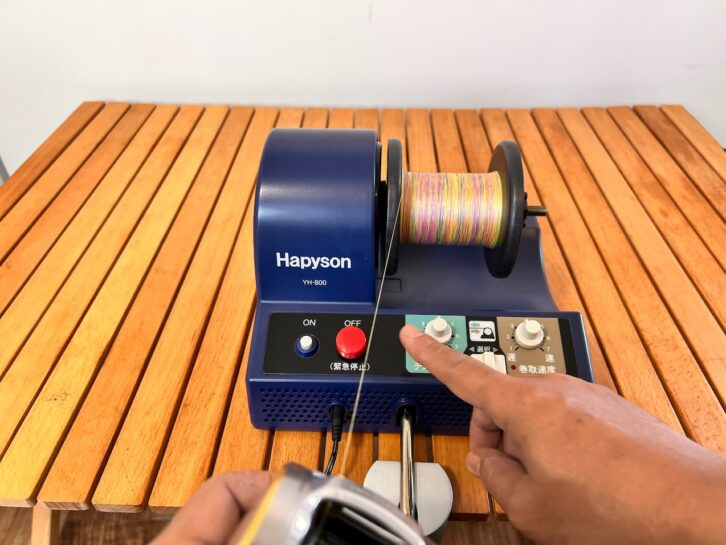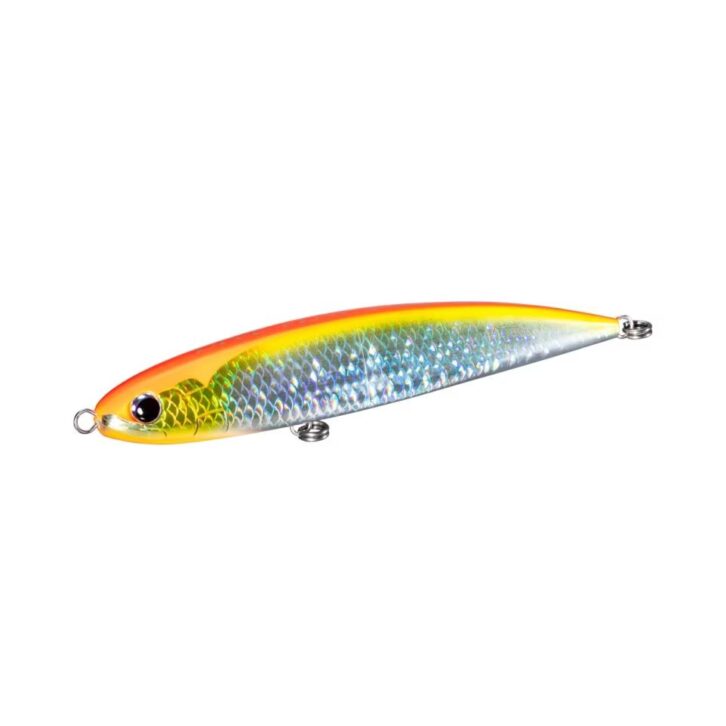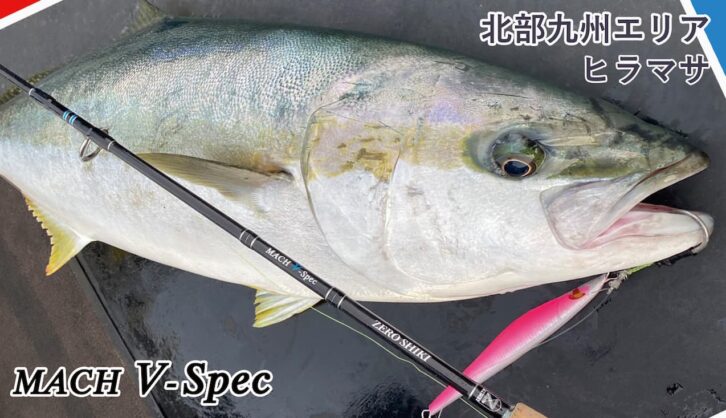Serialization: Kei Hiramatsu's Offshore World vol.24
Offshore Actual Fishing Jigging for Kingfish and Yellowtail in Tsushima, Nagasaki in Winter
As the year 2025 began, the first destination we chose was Tsushima, Nagasaki Prefecture. The Tsushima fishing trip in midwinter in January, which has become a regular event, will be held again this year. At the same time that the fishing industry was busy with the Yokohama Fishing Festival, we enjoyed the waters of Tsushima for three days, mainly jigging in search of sunfish. In this issue, I would like to tell you about the event.
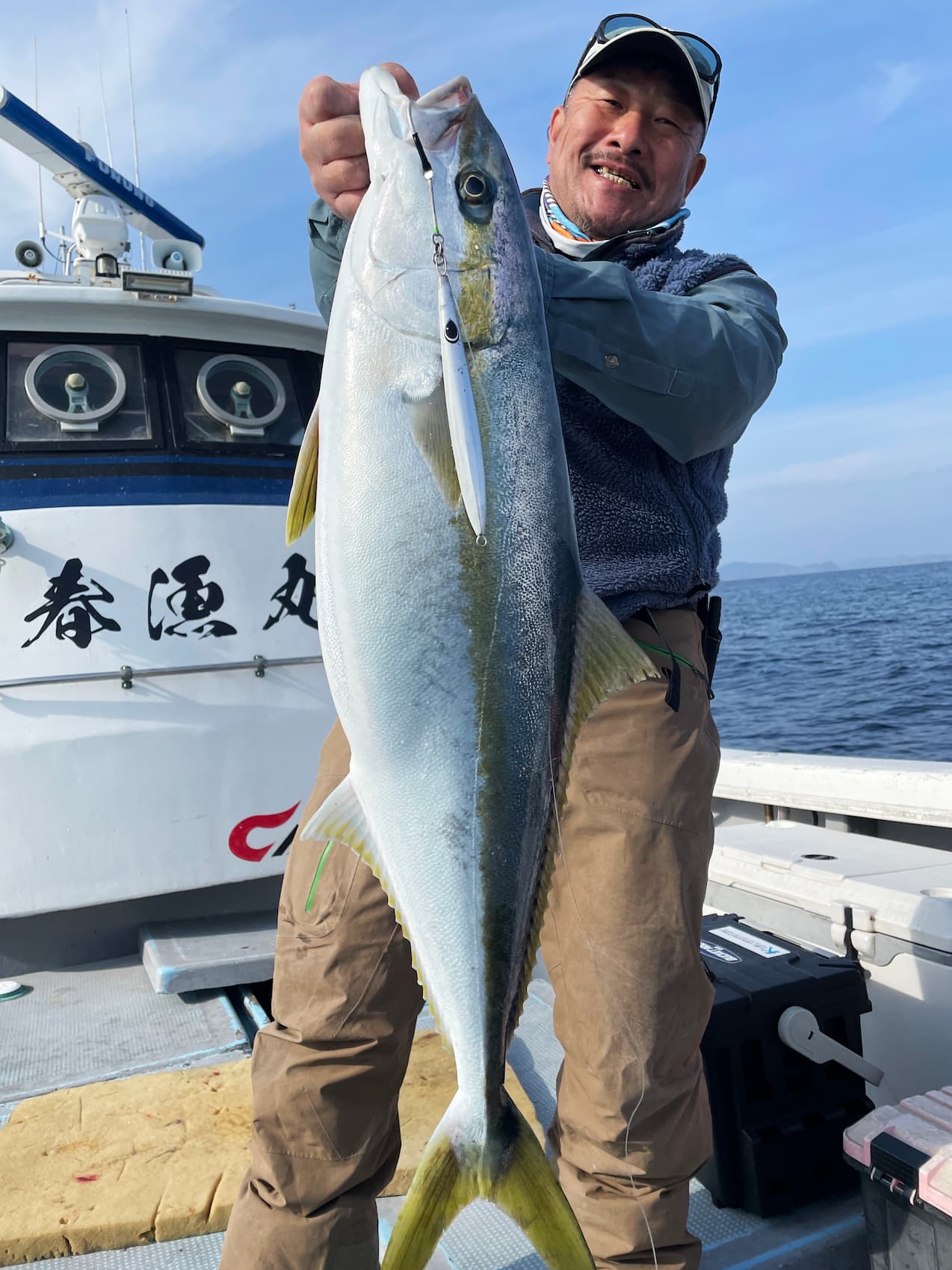
INDEX
Seasonal movements of sunfish and prediction of midwinter sunfish behavior
Winter jigging in Tsushima is mainly targeting fish reefs. First of all, I would like to divide the targeting of sunfish on Tsushima Island throughout the year into two main categories.
In spring, they gradually move away from the fish reefs and move up to the upper layer of the river, being aware of baits such as mackerel around the rapids and saury. They are also preparing to spawn, and their predation becomes more active.
In summer, as the fish begin to settle down from their post-spawn period and the temperature rises, there are two types of individuals: those that stay in deeper areas where the water temperature is stable and those that are more active in shallow areas. In shallow areas with good tidal channels, the fish use the roots as their territory and feed on the current of the tide.
Autumn is the season when baits move widely from the surface to the bottom, making it difficult to target pinpoint areas. The hot summer gradually subsides, but the passage of typhoons is frequent, which stirs up the undersea environment and produces a lot of plankton in the sea. This is the time when small fish like to feed on the plankton and move around, and anglers targeting sunfish will be able to search a wide area for them.
In winter, as seawater temperatures slowly decrease, fish reefs and other areas where sunfish can easily prey on bait become their territory. During the winter, sunfish reduce their extra movement and inhabit areas that are easy to understand. Simply put, they don’t want to move much because it’s cold. However, they are hungry. So the theory goes that they spend their time on fish reefs where they don’t have to move much and where easy-to-eat baits gather. Fish reefs are set up in deep water with good tidal channels and serve to keep fish from moving. This is why the results are more accurate during the winter months.
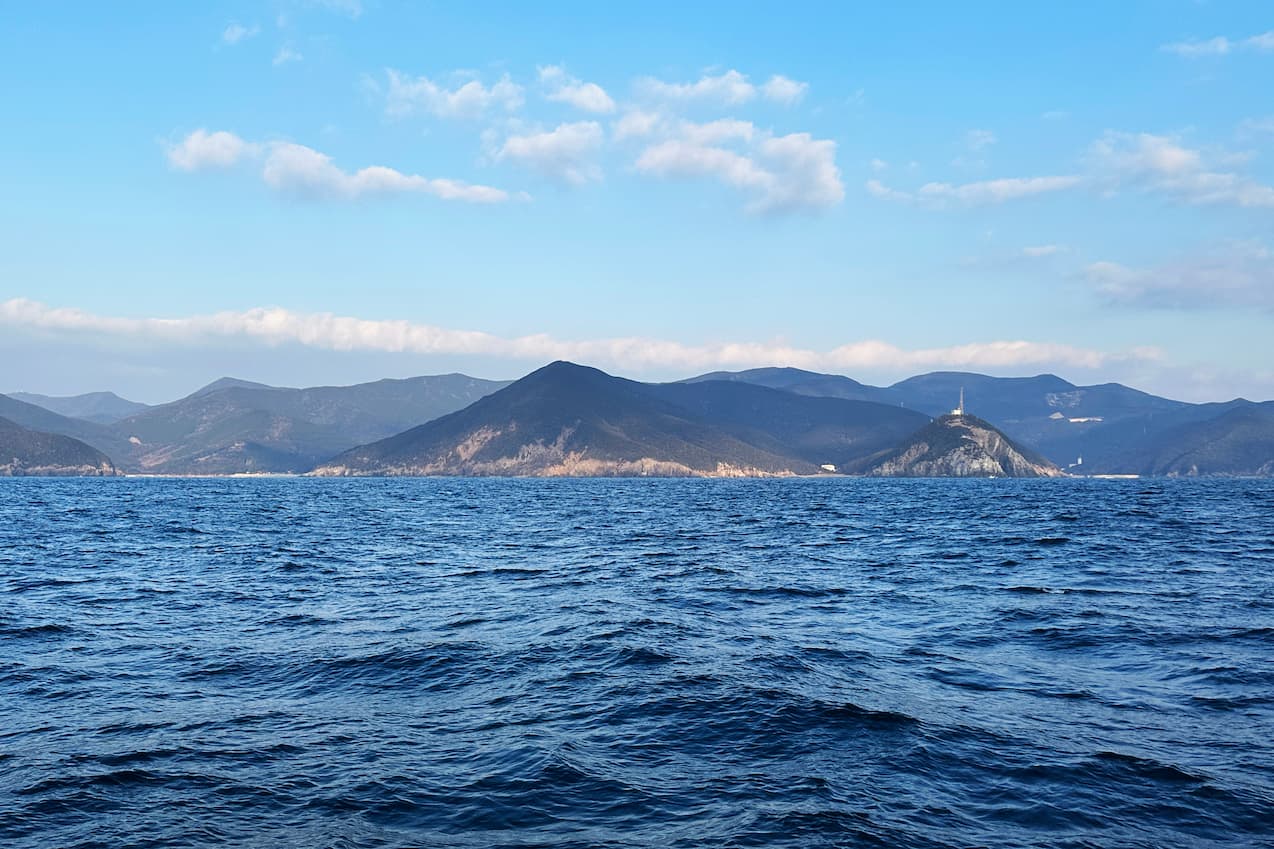
Many fish reefs have been set up around the island of Tsushima. Jigging around these reefs is interesting during the winter.
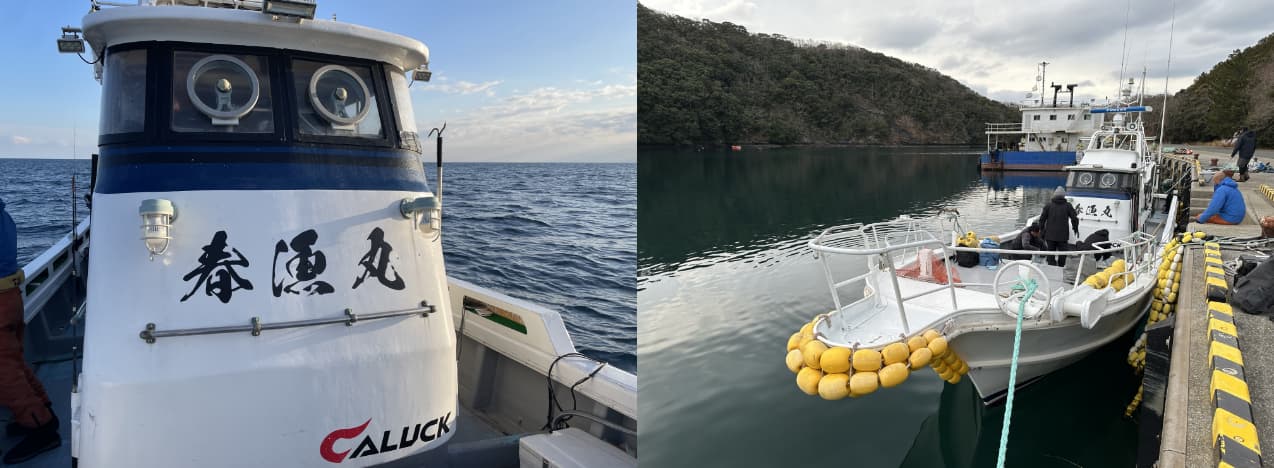
It is important to know when and where to enter the reefs. While relying on the captain’s experience and reading, it is important for the angler to predict where the fish will be.
Now that you understand that targeting sunfish in January is mainly about targeting fish reefs, I hope you understand the importance of fishing for sunfish in January. Tsushima has fish reefs on the east and west sides of the island, from Tsutuszaki in the lower part of the island to Hitakatsu in the upper part of the island. However, you can’t go to every reef and expect to catch sunfish. It depends on the experience of the captain, who can maneuver the boat according to the rising and falling tides and the direction of the wind. Jigging on Tsushima in winter is interesting when targeting these reefs. The appeal of jigging is that you have to consider the current of the boat, the angle of the jig, the direction of the wind, and other such factors when targeting reefs.
How to target the familiar Genkainada Sea off Tsushima for “winter jigging
This time, we were able to fish Tsushima under miraculous weather conditions: no wind, calm and sunny throughout the three days. If I had to say something extravagant, I would even say, “If only the wind would blow a little more…” I was even greedy. Even I, who have visited Tsushima many times before, could not find such favorable conditions in midwinter.
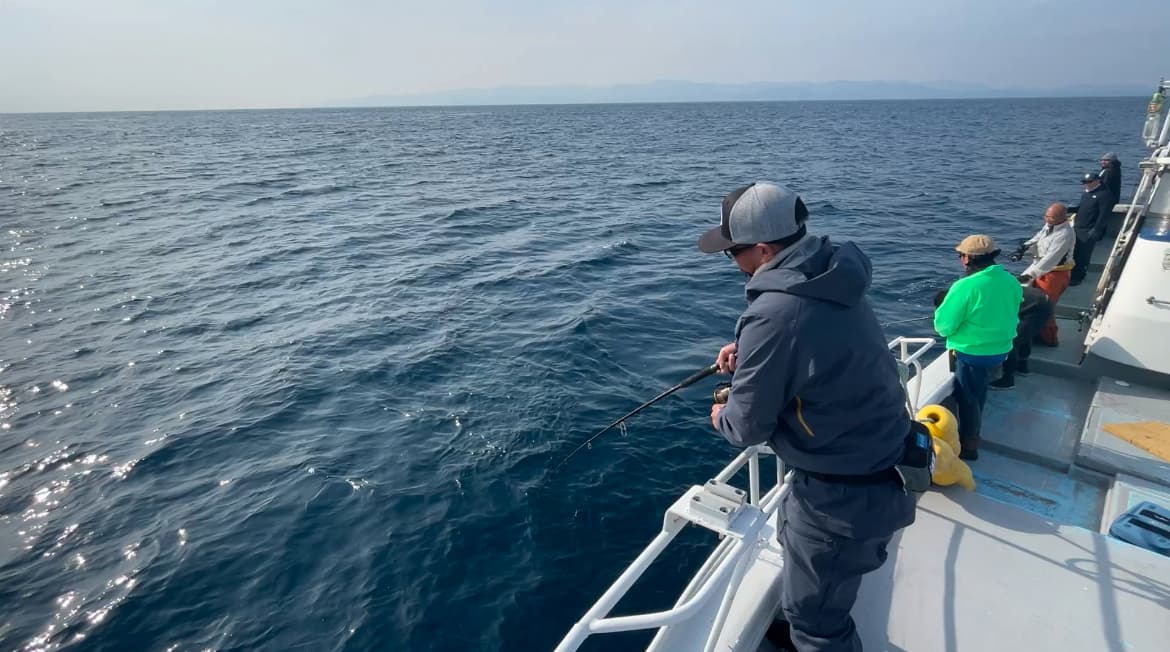
The weather was unusually favorable in winter. The members of the touring party spent three days in full exploration.
The point was off the east coast.
The point is off the east coast. There are many fish reefs scattered widely from Izuhara to Agami, and around some rapids. We fished while exploring them in detail. The reefs from Agami to Shimotsushima are around 90m deep. I prepared the same two tackle sets, changing only the weight of the metal jigs. Rod was PENN Slama Jigging SLSJ-63M with PENN Authority 6500HS, line was PE No.4 with 50lb fluorocarbon leader, and jig weight was 180g and 250g with the same two tackles.
When I target fish reefs, I always use two methods. First, I use 200g as my master weight to grasp the current of the tide. Based on the information I obtain there, I build my game with a slightly lighter or slightly heavier set of jig weights. Rod, reel, line class, etc. should be almost the same type. Do not set up a balance where one rod is stiff and the other is soft. We will use the same type of tackle, and target the fish by controlling the weight of the metal jigs.
Why is this so? This is because, when targeting reefs in deep water, it is impossible to hit sunfish unless the metal jig can be moved firmly. The other reason is to find the layer where the sunfish prey on the reef. I want you to draw a “pyramid of fish reefs” in your mind. Are the baits gathering at the top of the pyramid, or are the sunfish living on the bottom away from the pyramid? That is what I want to find out as soon as possible.
If the sunfish are migrating at the top of the pyramid, then I can use a 180g or 200g bait and fish the wider areas. If the fish are migrating away from the pyramid, I need to use a weight that will not be defeated by the tide and search mainly on the bottom. However, fish reefs are set in a tidal fishway and line control is difficult. Since I want to control the metal jig with a weight that I can surely put in the bottom layer, I will probe with a jig weight that is more than necessary. The rod I select, PENN Slama Jigging SLSJ-63M, is a taut model with a firm butt. It can move a metal jig firmly even in deep water areas. If you use this rod with the understanding that a rod with tension is not for floating fish but for “hanging fish,” you will definitely have better fishing results.
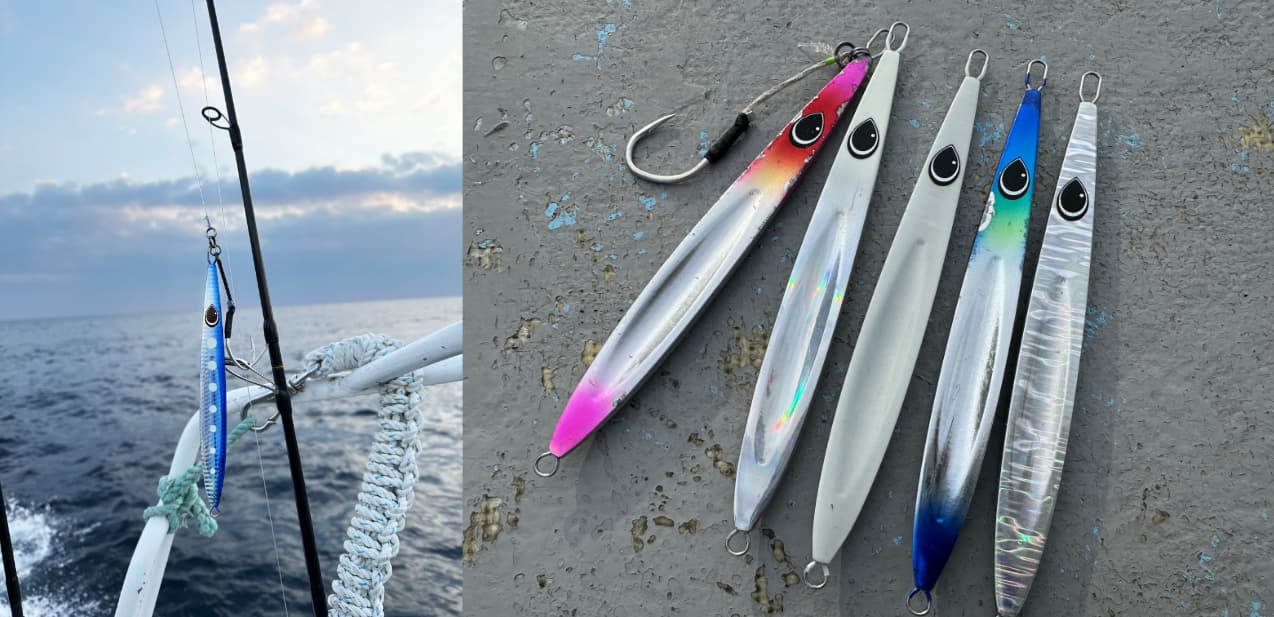
My favorite rod and reel is a PENN Slammer SLJS-63M with a PENN Authority 6500HS. Two tackles of this are prepared, and jigs of different weights are attached. The jigs are used according to where the fish are landing, how they are probing, and the current.
Jigging tackle used
Rod: Penn Slammer SLJS-63M
Reel: PENN Authority 6500HS
Line & Leader: Sunline Infinitive X8 #4 + Tsunagito 50lb
Lure: K-FLAT
Gummy 200g-310g, Gummy-fat 250g, KEI Jig 235g, KEI Jig Sharp 260g
Hooks & Parts: Owner HyperWire #7 Solid Ring 6.5mm, JS-39 Blue Chaser 11/0
Polarized Lenses: Glenfield ZEQUE “STELTH”

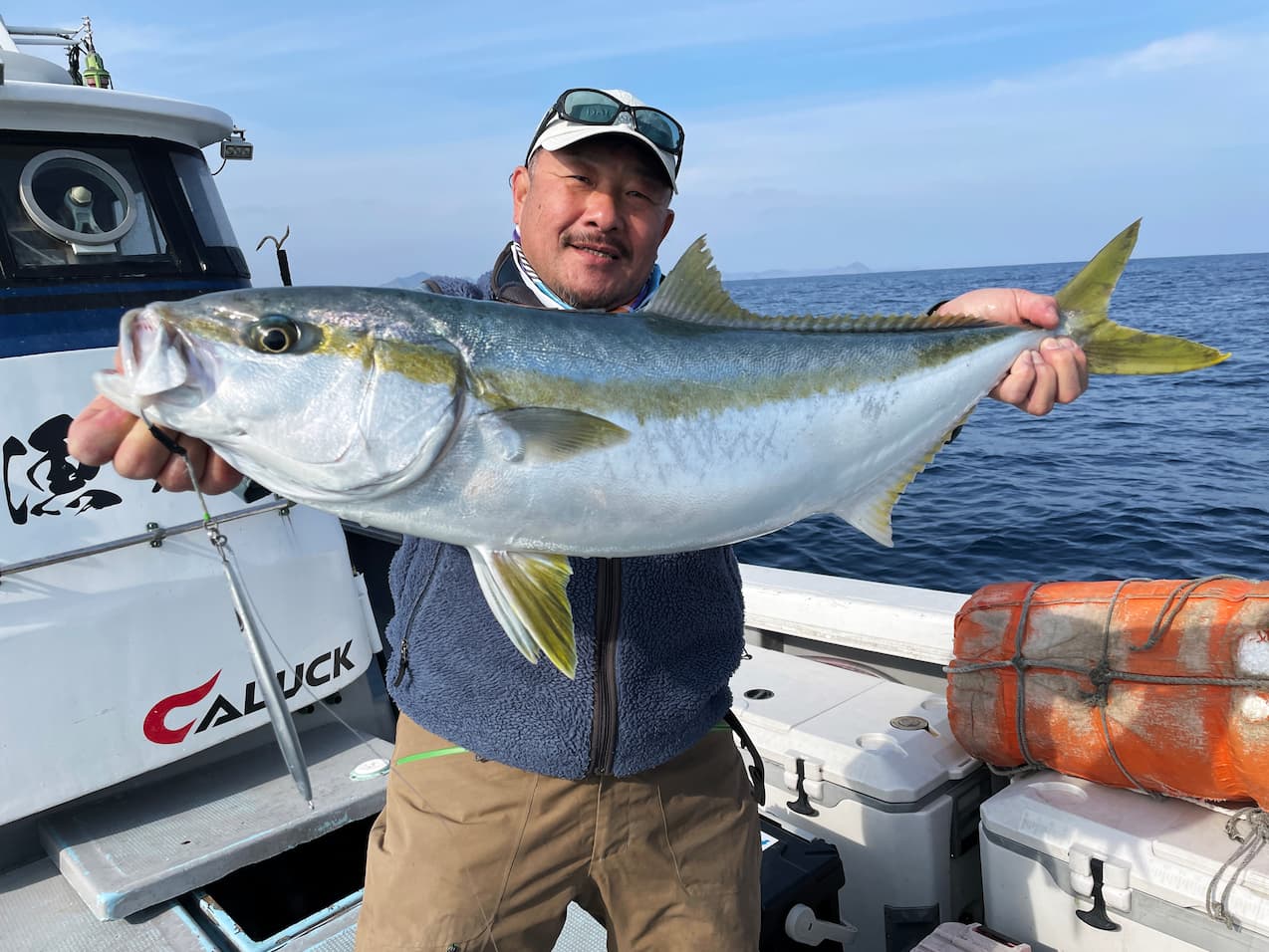
Fish reefs are set up in areas with good tidal flow. In such places, a jig weight that can be firmly placed in the fish’s swim layer and a rod that can move that jig as desired are needed. The “PENN SLAMMER SLJS-63M” was created for this purpose. It is a rod that prioritizes catching fish.
Hiramatsu-style must-have patterns.
I hope you have understood the explanation of targeting fish reefs that look like pyramids. If you don’t have this in mind, targeting fish reefs in winter will be difficult. Without this in mind, targeting fish reefs in winter will be difficult, and you will get caught on the rocks. It is important to remember that fish reefs are places with good tidal channels.
My must-try pattern is to determine two factors: (1) which way the boat is moving and (2) which layer the sunfish are migrating to. Also, large sunfish move just before the tide begins to move and just before the tide slackens. This is because they are able to prey on baits with less unnecessary movement and less momentum. When the tide is moving, baits become more active, and the healthy mid-sized sunfish that prey on them also become more active. This is also the time when many yellowtail (wrasses) and other fish get involved, and yellowtail (wrasses), which are less effective predators than sunfish, attack metal jigs, which are slow-moving and easy to catch. During this fishing trip, I caught good-sized yellowtail jacks for three days in a row at the exact timing when the tide started and stopped moving. In some cases, when the tide continued to move, everyone on board had a hit. In such a situation, it is easy to catch average-sized fish, but to catch good-sized fish, you have to build your fishing strategy while keeping an eye on the tide, the habitat of the sunfish, and the movement of the boat, as mentioned above. In this article, we will focus on the must-have patterns for targeting good-sized sunfish and yellowtail at any given time, instead of explaining how to use jigs with this type of action or how to use jigs with this type of shape in such and such situations. We hope you will find it useful when you go fishing.
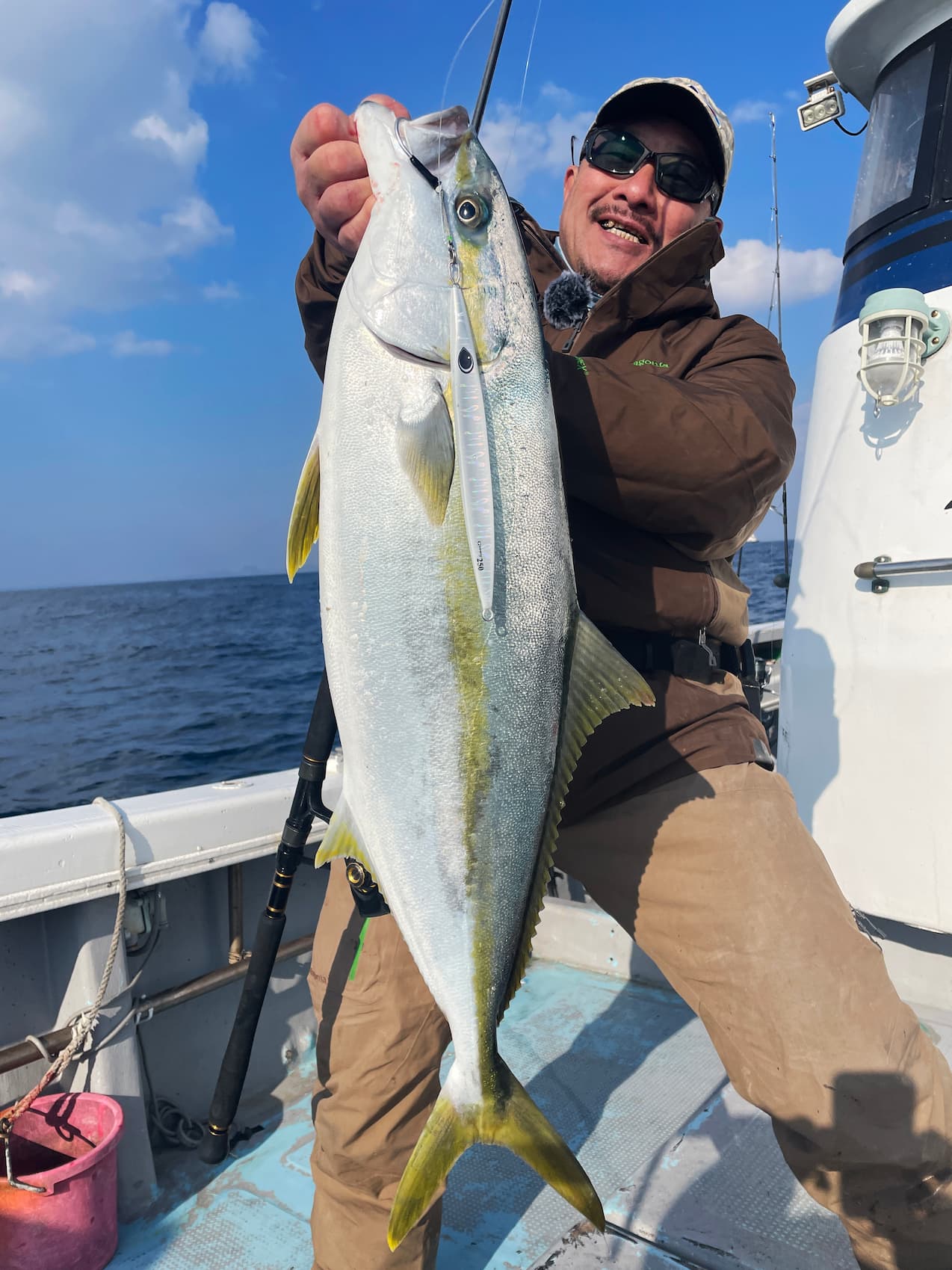
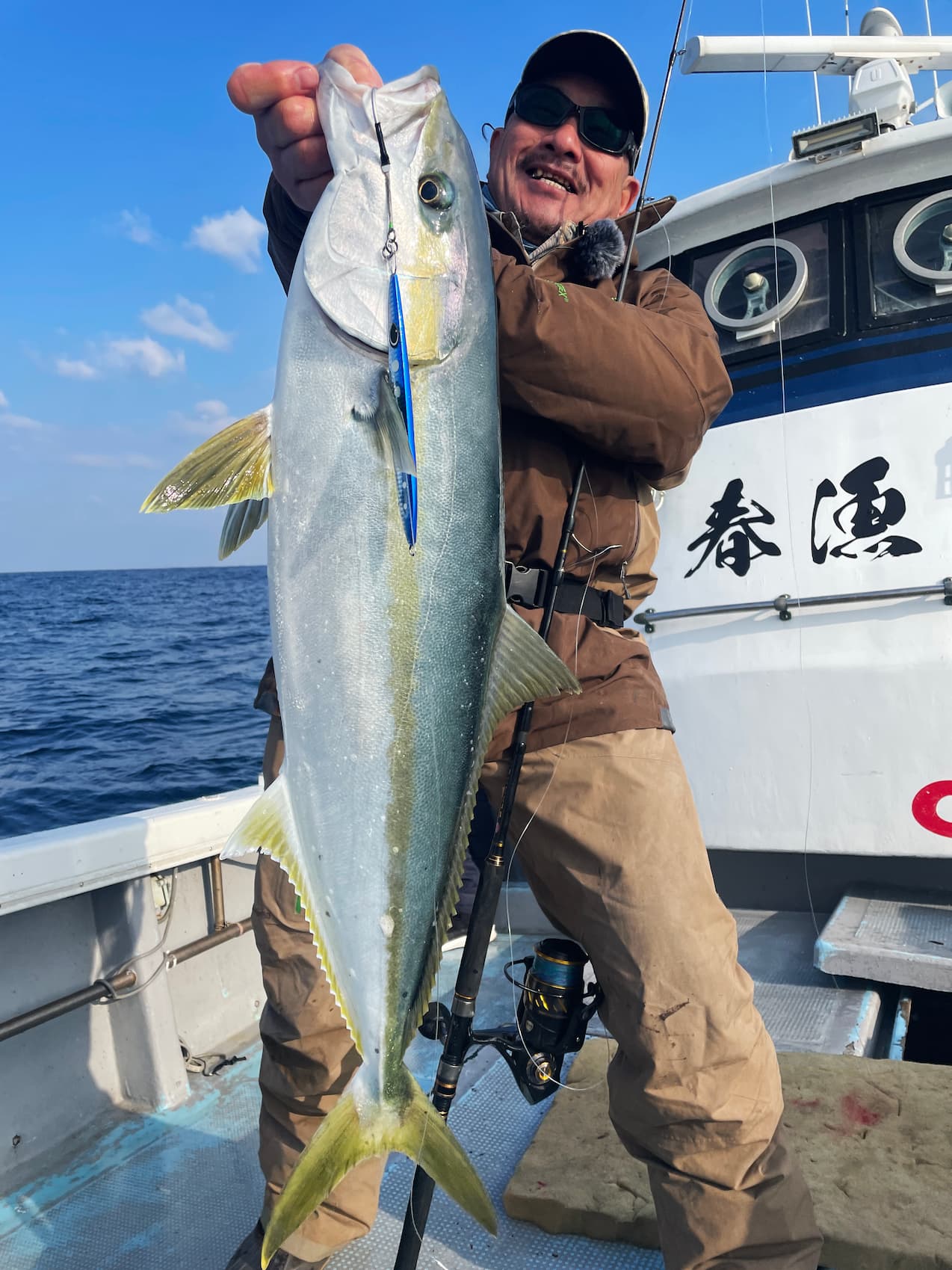
You can get closer to fish by always observing and imagining what is going on in the sea, rather than just searching in the dark.
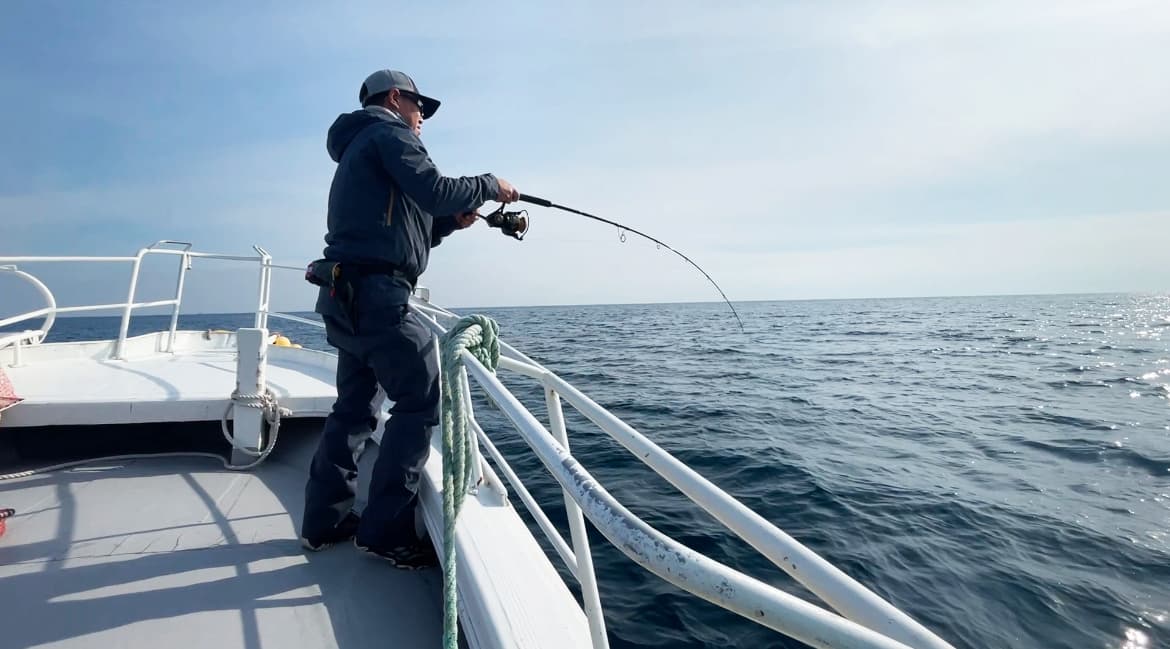
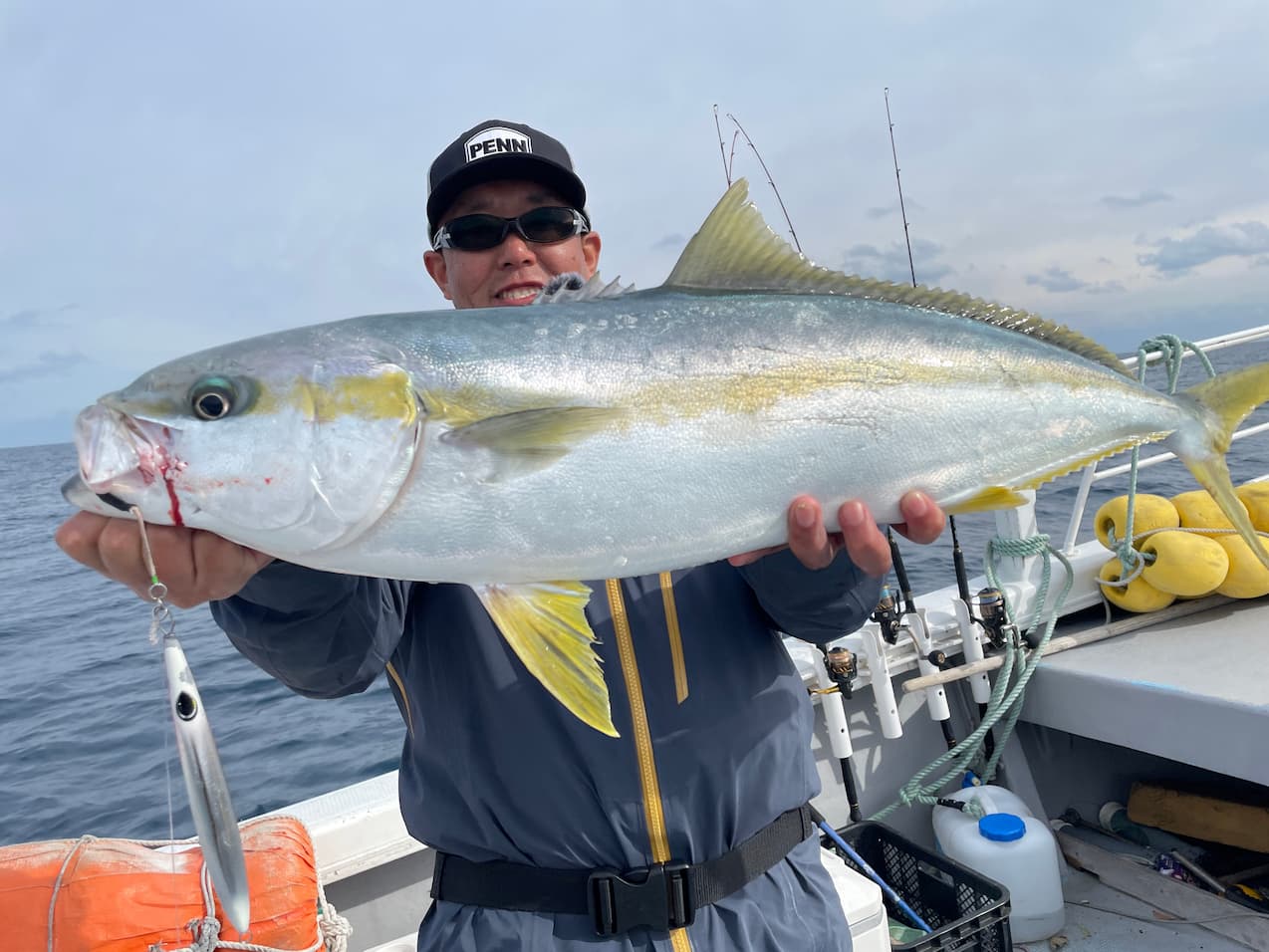
The members of the fishing party were consistently getting hits when they had the chance!
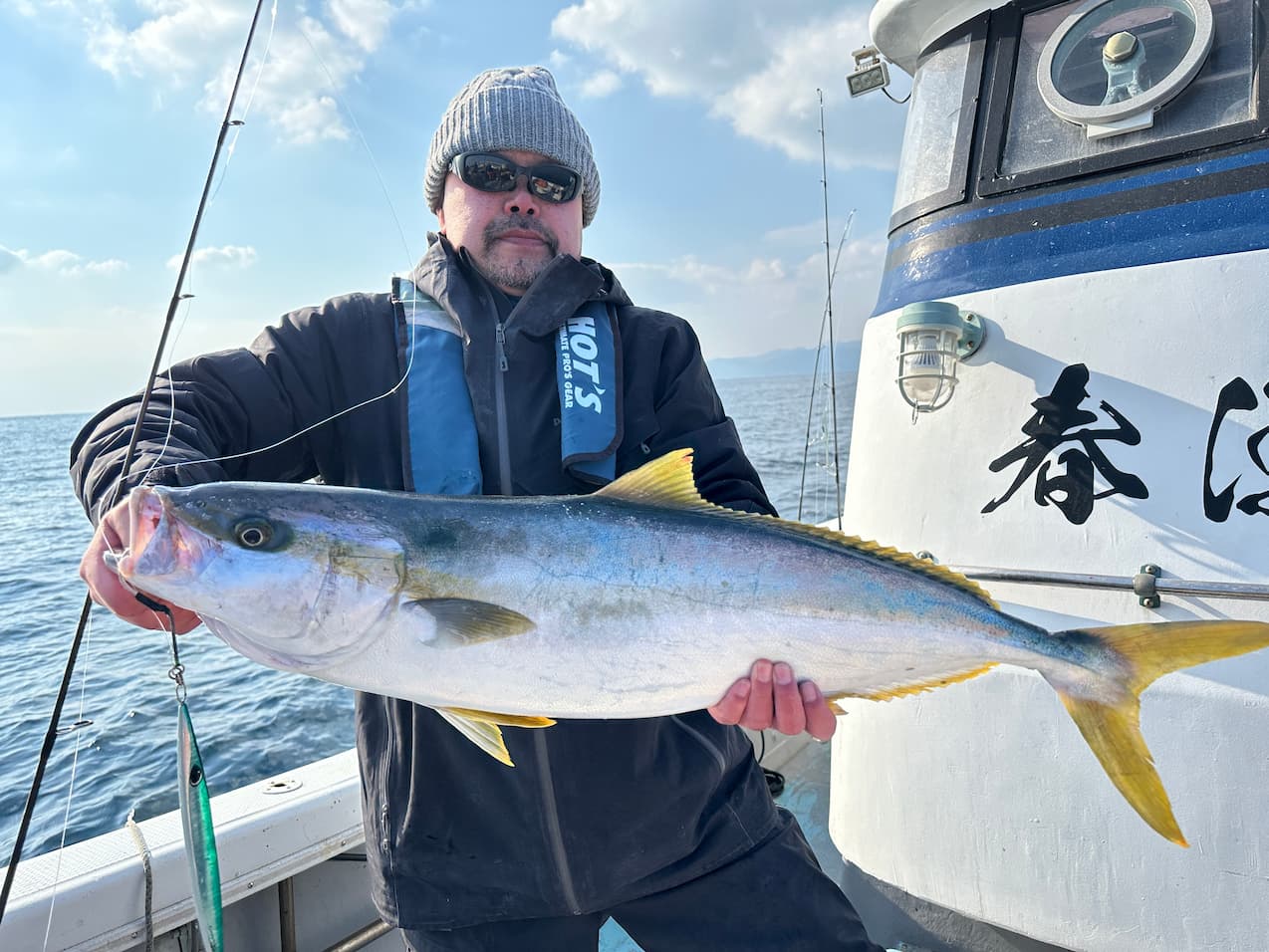
Jigging off the east coast of Tsushima in Nagasaki Prefecture in midwinter. I have been going there in spring, summer, fall, and winter in search of sunfish, and this fishing trip was a typical winter pattern. In winter, conditions are usually rough with strong monsoon winds, but thankfully the conditions were perfect for three days. It was easy to analyze winter fishing methods, to find the right spots, and to see what was happening on the sea bottom as transmitted from the jigs. I have been going to Tsushima in search of sunfish for many months now, and I have been planning my fishing schedule for this trip for many months. Therefore, I don’t just say, “It’s calm tomorrow, so let’s go offshore,” but I make it a rule to fish on that day, no matter if the sea is rough or it snows. That is what expedition fishing is all about. That is why these three days of calm were precious time for me, and I was able to update my fishing skills. I would like to continue to provide information that leads to such techniques in this series of articles.
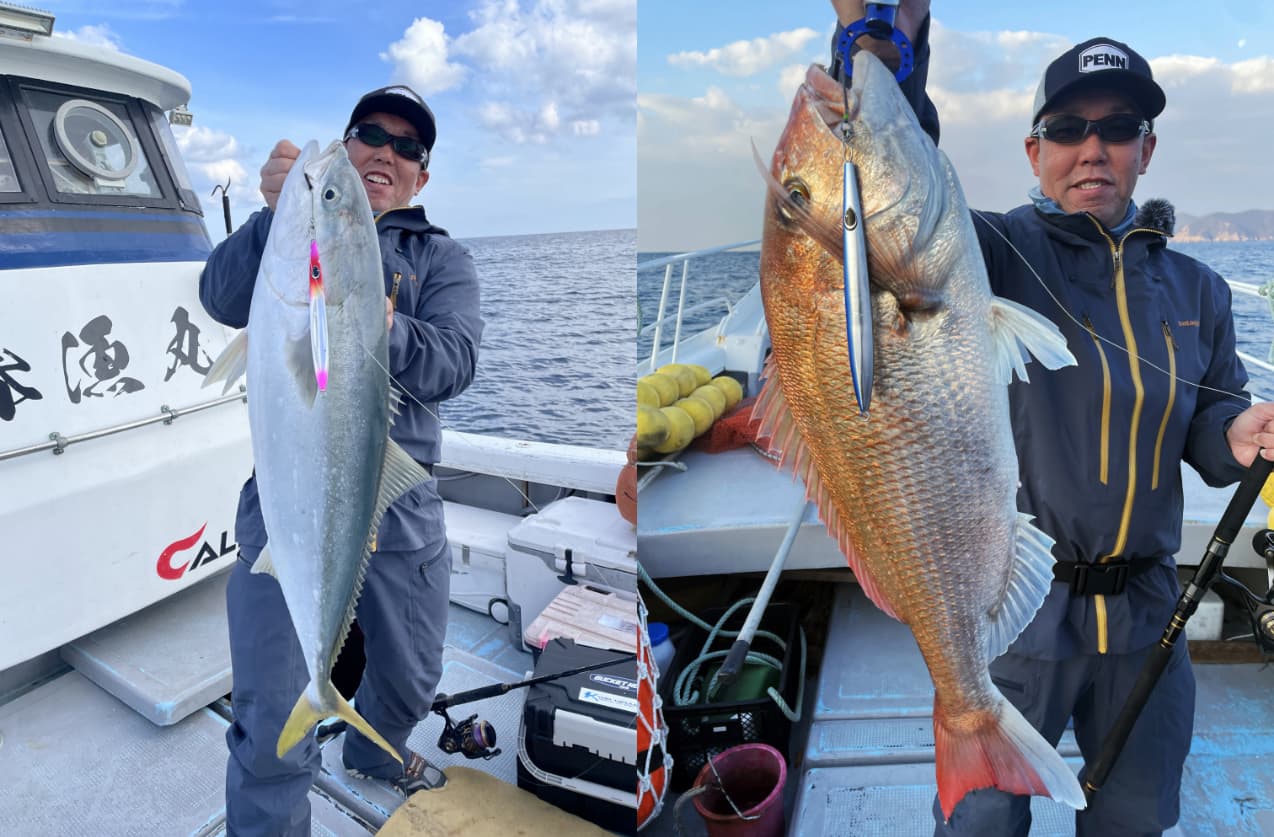
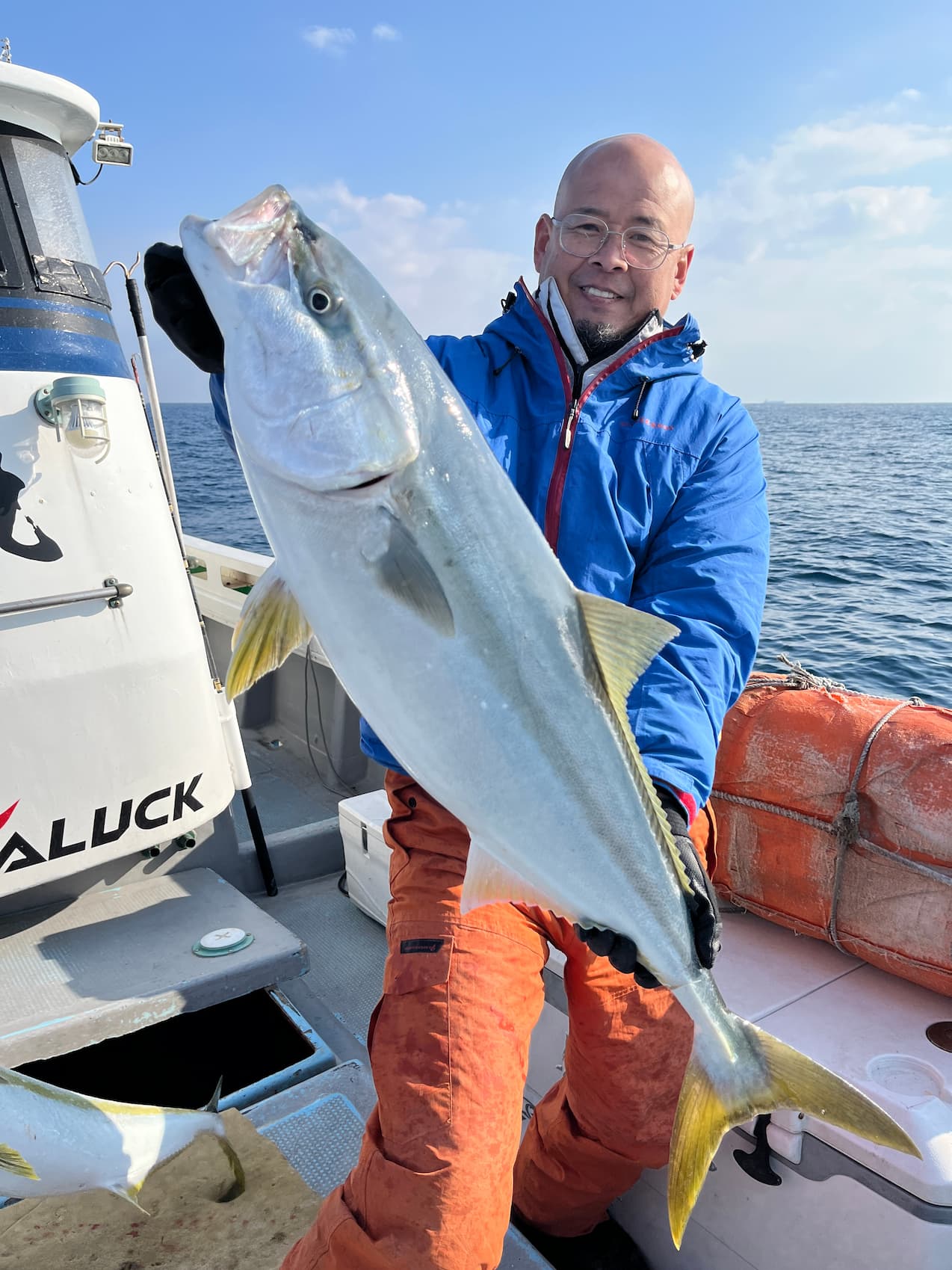
The beginning and end of the tide is the best time to catch sunfish. When the tide is moving,
When the tide is moving, active yellowtail and snapper will hit the water.
Cooperating vessels for this report: 《Shunriyou Maru》
http://shunryomaru.com/
Tackle inquiries
Goldic (closed on Tuesdays)
https://www.goldic.net/
Kei Hiramatsu’s official blog Iibusa Diary
https://kei-hiramatsu.com/
Kei Hiramatsu facebook
https://www.facebook.com/hiramatsu.kei.1
X(Twitter)
@keitanhiramatsu
YouTube
Kei Hiramatsu channel


